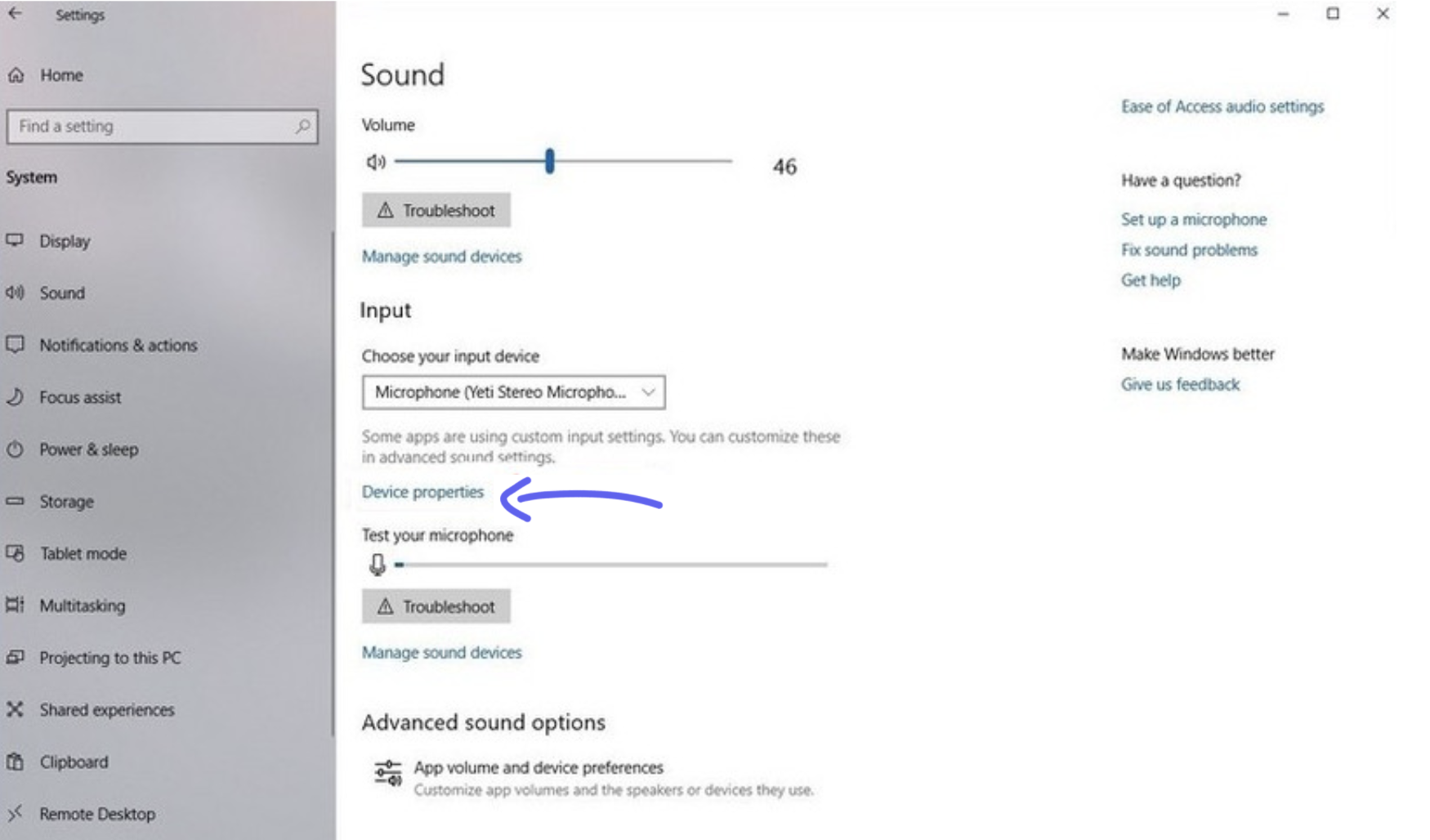
How to Turn On Your Windows Microphone: A Comprehensive Guide
As technology continues to evolve, the need for reliable and accurate audio input has become an increasingly important factor in our day-to-day lives. Whether you’re taking part in a video conference, recording a podcast, or simply trying to communicate with someone over the internet, having an easy and effective way to turn on your Windows microphone is essential.
In this article, we will discuss the basics of turning on your Windows microphone, how to adjust your microphone settings, and how to troubleshoot any potential problems you may encounter. We’ll also provide some tips and tricks for getting the most out of your microphone and maximizing your audio input.
What You Need to Know About Turning On Your Windows Microphone
The first step to using your Windows microphone is to make sure it is turned on. If you are using an external microphone, it may have its own power switch, or you may need to plug it into an audio jack or USB port on your computer. If you are using the built-in microphone on your computer, you may need to enable it in the Windows settings.
Once your microphone is turned on, you can adjust your microphone settings in the Windows Sound Control Panel. Here, you can choose the microphone you want to use, adjust the microphone volume, and configure any other settings such as noise reduction, echo cancellation, and so on.
In addition to adjusting your microphone settings, you can also adjust the sound settings in the Windows Sound Control Panel. Here, you can choose the sound output device you want to use, adjust the sound volume, and configure any other settings such as audio effects, surround sound, and so on.
How to Turn On Your Windows Microphone
If you are using an external microphone, the first step is to make sure it is plugged in and powered on. Most external microphones require a USB connection or an audio jack connection to your computer. Once the microphone is plugged in, you can open the Windows Sound Control Panel and select the microphone from the list of available devices.
If you are using the built-in microphone on your computer, you may need to enable it in the Windows Sound Control Panel. To do this, open the Control Panel, select ‘Hardware and Sound’, and then select ‘Sound’. In the Sound window, select the ‘Recording’ tab, and then select the ‘Microphone’ from the list of available devices.
Once your microphone is enabled, you can adjust the settings for the microphone in the Windows Sound Control Panel. Here, you can adjust the microphone volume, configure any effects or noise reduction settings, and so on.
How to Adjust Your Windows Microphone Settings
Once your microphone is enabled in the Windows Sound Control Panel, you can adjust the settings for the microphone. To do this, open the ‘Recording’ tab, and then select the microphone you want to adjust. Here, you can adjust the microphone volume, configure any effects or noise reduction settings, and so on.
In addition to adjusting the microphone settings, you can also adjust the sound settings in the Windows Sound Control Panel. Here, you can choose the sound output device you want to use, adjust the sound volume, and configure any other settings such as audio effects, surround sound, and so on.
How to Troubleshoot Your Windows Microphone
If you are having trouble with your microphone, there are a few things you can do to troubleshoot it. First, make sure your microphone is enabled in the Windows Sound Control Panel. If it is not enabled, you can enable it by following the steps outlined above.
If your microphone is enabled, but you are still having trouble, you can try adjusting the microphone settings. Make sure the microphone is selected as the default recording device, and that the microphone volume is set to an appropriate level. You can also try adjusting any noise reduction or echo cancellation settings to see if that helps.
If you are still having trouble with your microphone, you can also try unplugging and re-plugging the microphone, or checking to make sure the microphone is securely connected to your computer. If none of these steps work, you may need to replace your microphone or contact the manufacturer for assistance.
Tips and Tricks for Getting the Most Out of Your Windows Microphone
Once you have your Windows microphone set up and working properly, there are a few tips and tricks you can use to get the most out of it. First, make sure you have a good quality microphone that is compatible with your computer. Also, make sure you are in a quiet environment with minimal background noise.
In addition, you can use the Windows Sound Control Panel to adjust the microphone settings and optimize your audio input. You can also try using a headset or other noise-cancelling microphone to reduce background noise and improve the clarity of your audio. Finally, you can use software such as Audacity to record and edit your audio.
Conclusion
Having an easy and effective way to turn on your Windows microphone is essential for communicating with others over the internet. In this article, we discussed the basics of turning on your Windows microphone, how to adjust your microphone settings, and how to troubleshoot any potential problems you may encounter. We also provided some tips and tricks for getting the most out of your microphone and maximizing your audio input.
With the right setup and a little bit of tweaking, you can have your Windows microphone up and running in no time. Armed with this knowledge, you can start taking advantage of all the great features your Windows microphone has to offer!

Image :
support.loom.com
Detail Info Video
If you're curious about the subject covered in this write-up, I advise viewing the attached video. In this footage, you'll acquire further insights and knowledge on the subject, as well as a visual representation of some of the main ideas and notions covered in the write-up. You'll also have the opportunity to hear from professionals in the field and engage with like-minded viewers who are interested in the same subject. Whether you're aiming to deepen your comprehension of the topic or simply desire to explore it further, this footage is a useful resource for anyone interested in acquiring more information. So, if you want to acquire more in depth insights of the theme, be sure to view the linked video. It's certain to give you the insight and information you require to deepen your insights and proficiency.
In conclusion, About this topic Turn On Microphone Windows our hope is that you have found the information presented valuable and beneficial. It is understandable that our environment is continuously changing, and staying up-to-date with the most recent advancements can be difficult. That's why our mission is to provide you with the most relevant content available. Your opinions is crucial to us, therefore please feel free to leave feedback in the section below. Thank you for your readership and invite you to explore other articles on our website to widen your understanding more. Thank you for being a part of our community!

Post a Comment for "Turn On Microphone Windows"